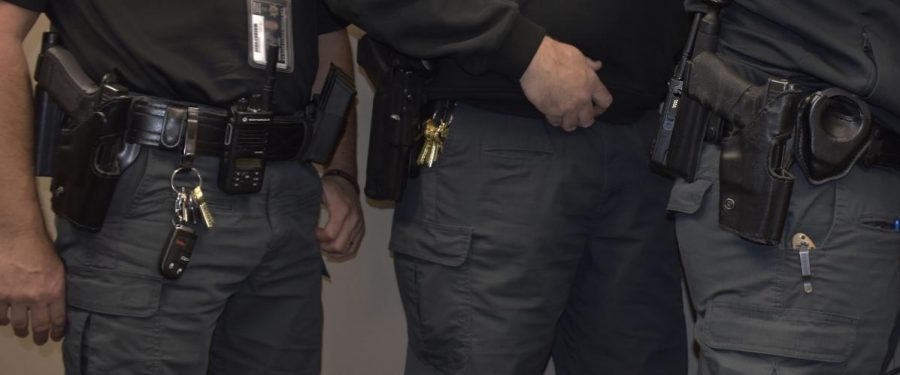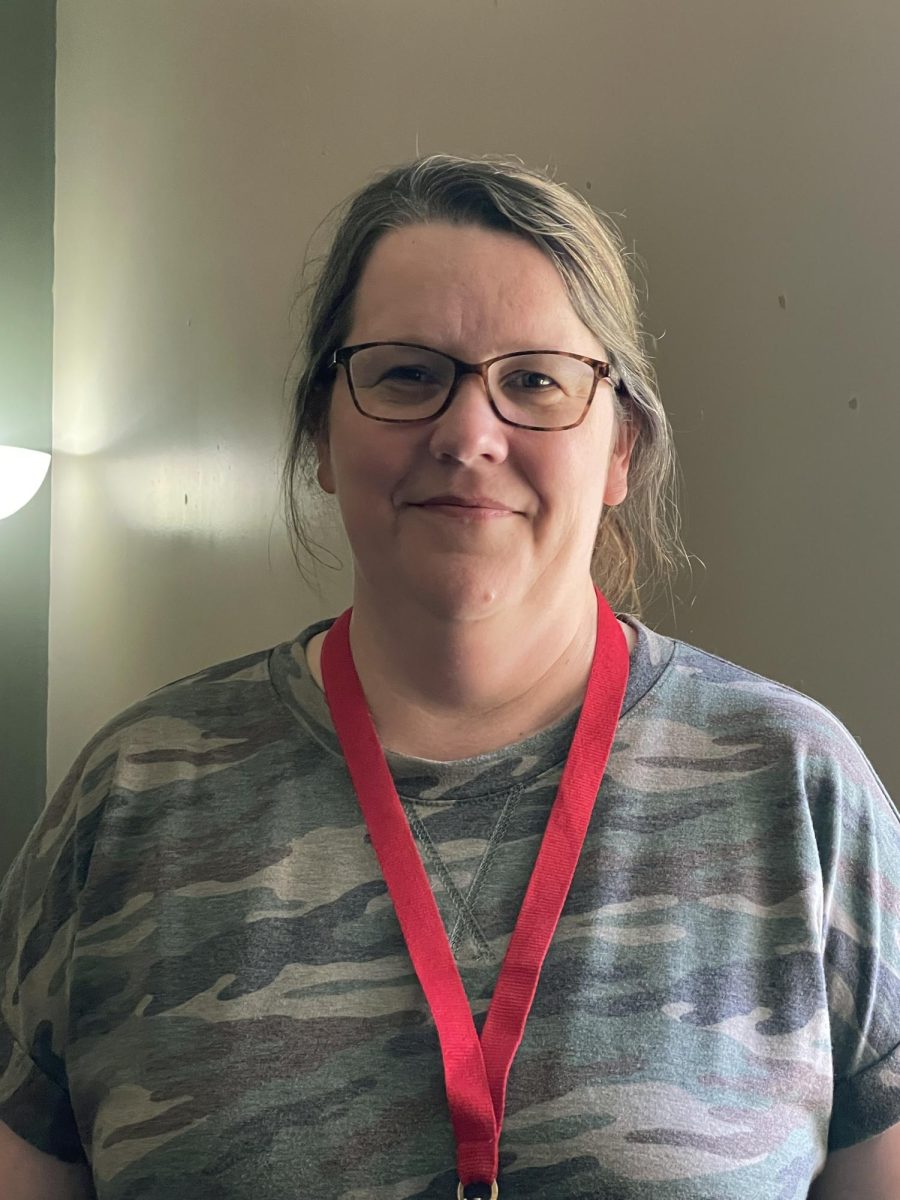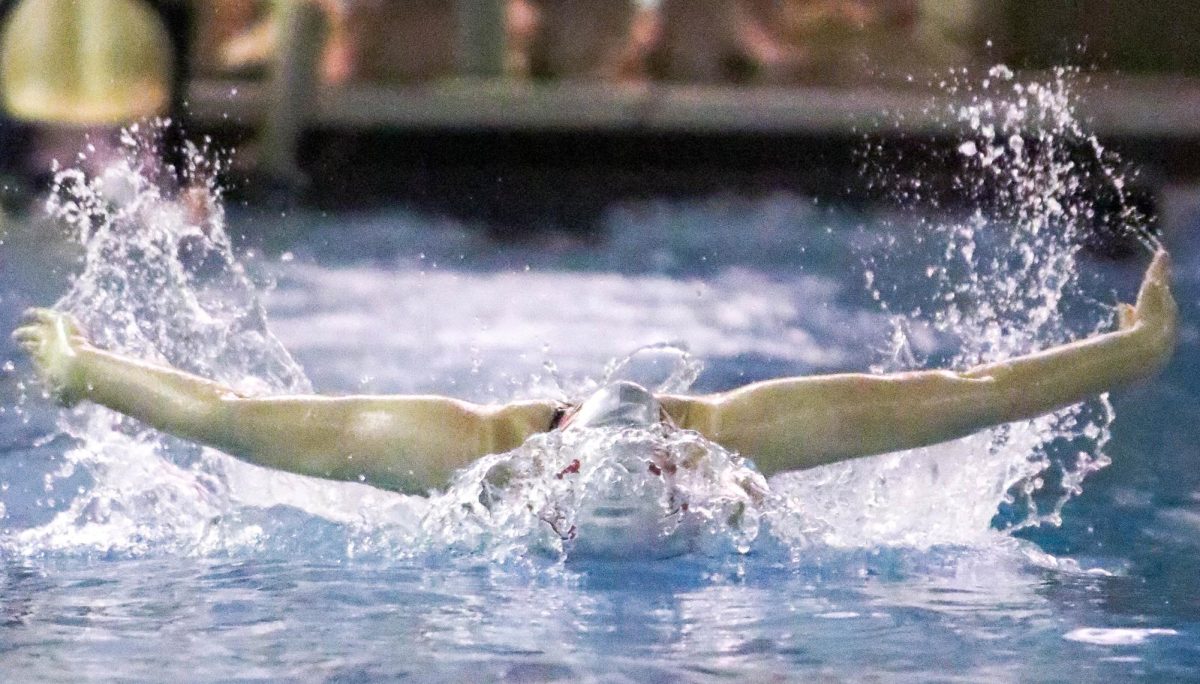Worries about safety: Even though Nixa has never had a school shooting, cases of school violence around the nation affect local student life
School resource officers patrol Nixa schools daily.
January 17, 2020
It feels as though there is a new mass shooting every week. Students may follow along with these stories in the media, which has potential to be a source of stress in the student body. There is a division in opinion of what needs to be done in an effort to promote safety in schools. Bulletproof backpacks are being advertised, stricter precautions are being offered, but there is no certain way to prevent these issues.
One aspect of making schools safer is identifying the cause of the shootings.
“I think a lot of it is mental illness,” Resource Officer Jason Hartsell said. “But then again, you’ve got a lot of kids with access to guns from their parents. I’m not saying guns are the problem, people are the problem because they allow guns to get into the wrong hands.”
There are multiple potential causes for shootings, and a multitude of possible solutions.
“I think many people ignore signs of mental health issues because society as a whole is uneducated about potential signs of mental health issues,” junior Hannah Roesler said. “I think stricter limitations on the buying and selling of guns is a key factor to keeping them out of the hands of dangerous individuals.”
However, mental illness can be blamed in differing ways.
“We live in a wicked world,” senior Sam Cochran said. “There is a lot of evil out there, and some of those people are just plain evil, while some of them have something mental going on that causes them to make decisions that are catastrophic.”
Shootings tend to make big news and they are often broadcasted on a national level.
“I think you get copycats,” Hartsell said. “They see how much media attention some people get, and if a mentally unstable person sees it, they may think they can get attention from it.”
The mass media coverage can have a negative impact on students by possibly desensitizing them to shootings.
“The topic comes up way more than it should, and the fact that its a topic of casual conversation at the lunch table is astounding and honestly gross,” Roesler said. “Why is talking about being shot and killed and what you would do in an event like that a casual conversation?”
However, spreading the message can also be beneficial, as it spreads awareness and can potentially promote change as well. After the Sandy Hook shooting, the Sandy Hook Promise organization grew.
Sandy Hook Promise’s mission is “By uniting people of all beliefs and backgrounds who value the protection of children to take meaningful actions in their homes and communities, we will prevent gun violence and stop the tragic loss of life.”
According to Sandy Hook Promise, in four out of five school shootings, at least one other person had knowledge of the attacker’s plan but failed to report it.
Seeing school violence cases in the media can take an emotional toll on students.
“It is so scary going to school every day and thinking that you might not be able to go home that night,” Roesler said. “There are many cases of
shootings in other public places and it is scary knowing that any event could be your last because someone had access to a gun when they shouldn’t have.” Cochran agrees.
“That fear will always be there as far as what we can do about it; this is a wicked world, and evil will always find a way.” Cochran said. “It’s a matter of what you’re going to do about it. Are you going to use that fear and let it
control you, or will you use it to
promote better security?”
Hartsell said the goal is to find ways to help students feel safe despite the tension that can be generated from the threat of a shooting.
“I think open communication would make them feel safer.” he said. “Any students can come ask questions.”
One controversial topic is whether teachers should be armed with guns as a method of discouraging school shooters.
“Initially, I thought no. If there was a physically capable student, it would be easy for them to get a gun,” Cochran said. “But on the other hand, teachers are already trusted with the lives of their students. Why not let them have conceal and carry? What if we gave them tactical training?”
On the other hand, arming teachers could possibly increase the chances of violence in schools.
“I don’t think fighting violence with violence has ever been a solution,” Roesler said. “In school we are taught not to get into fights, and I think
arming teachers could escalate
situations instead of de-escalating them.”
Additionally, attempting to arm
teachers would cost money for guns, ammunition, and training required to make it a possible solution. According to Hartsell, training would possibly have to be renewed or refreshed multiple times a year, which would cost even more money.
Another possible solution that some people are in favor of is a gun ban in an attempt to keep firearms out of the hands of anyone with malintent.
“There are improvements every year of protocol in place for school
shootings, but I think that putting harsher restrictions on guns would make safety precautions even more effective.” Roesler said. “If someone has the means to shoot up a school then they most likely will find a way, but if they don’t have the access to guns in the first place, this could be helped.”
However, there are people who worry a gun ban would put a restriction on their rights, specifically the second amendment.
“Guns will always get in the hands of bad people, bad people won’t give them away.” Cochran said. “It goes into the second amendment. The
founding fathers were against a
tyrannical government, and there is
always that scenario. People need a way to defend themselves.”
For any questions, comments or concerns regarding school safety, visit the resource officers or school administrators.






